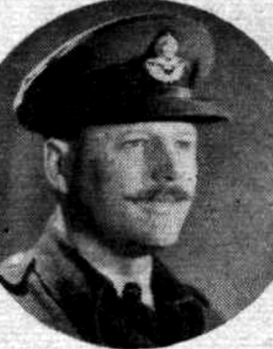The River Dee Flowed to the Sea along the current Border between Wales & England, until in the 18thC it was diverted into its present Channelised Course to try to Improve Ship Access from the Sea to Chester. That Led to extensive Land Reclamation in the Head of the Dee Estuary. The River Dee Company (1741-1902) had a right to reclaim the Marshes & Build Embankments following the re-alignment of the Dee. Sealand is on that Flat Land formed by the Land Reclamation of part of the Head of the Estuary of the River Dee which had become heavily Silted-up. It is on the A548 Road, near the Chester Dormitory Communities of Blacon & Saughall, 3-miles away is Shotton. We can thank a man by the name of Nathaniel Kinderley for the existence of Sealand. His Plan was simply to dig a straight new Channel from Chester out to Flint on the Southern side of the River Course, well away from the Northern Route described above. The proposal was to provide a maximum Depth of 16ft at a Moderate Tide. The Earth that was removed in digging the Channel was to be used for Banking on either side of the New Channel. The New Channel would be over 5-miles long, stretching from Crane Street, Chester to Golftyn, Connah’s Quay. The 1,000’s of Acres of reclaimed Marshlands around Sealand & Saltney were raising £8000 in Annual Rent where the Deeside Industrial Park is now. (In the 20thC this Area was raised 2.5M by Sand Pumping.)
The Air Base was Originally a Civilian Airfield & was taken over by the Military in 1916 for Training. Two Twin Hangars, which were Built in 1917, were used by the newly formed Royal Flying Corps. Originally named RFCS Shotwick & later RAF Shotwick, the Station was Finally named RAF Sealand during WW2.
During WW1, Sealand consisted of 2-Airfields: Shotwick to the North & Queensferry to the South divided by a Railway Line. Queensferry was planned as an Acceptance Park for American Aircraft but was never finished to accommodate this use during Wartime. Shotwick was devised as a Training Station & was Utilised by 90, 95 & 96–Squadrons with Sopwith Pups & Camels & Avro 504s in late-1917. These Squadrons were moved on to France & replaced with 61 Squadron in April 1918, which was equipped with Camels. At the end of the War, Training Squadrons 55 & 67 were combined to Form 51-Training Depot Station in July 1918 utilising Sopwith Aircraft & Avro 504s. The Station was renamed Sealand in 1924 to avoid confusion with RAF Scopwich in Lincolnshire. The RAF Packing Depot moved from Ascot to Sealand in 1929 Crating Planes to be Shipped Overseas.
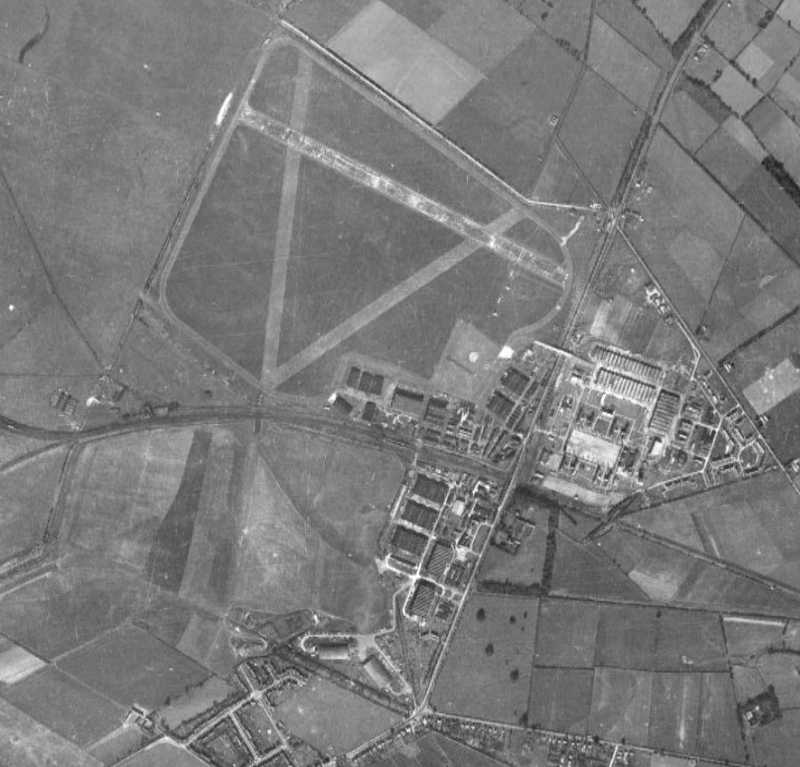
In the mid-1930s changed the emphasis of Training at Sealand to Intermediate & Advanced Fighter Training with 65–Hart, Audax & Fury Aircraft. 3-Aircraft Storage Units were formed in December 1935 & Based on the Southside of the Airfields with a 3-Storey Barrack. The existing 9-Belfast Hangars in the Southern Airfield were added to with 2-C & 2-L Types. A 3rd C Type Hangar was added to the Northern Airfield. During WW2, 18-Blisters were added around the Perimeter. 30 Maintenance Unit (MU) was formed at Sealand in July 1939. The Work of the Unit included fitting A1-Radar to Bristol Beaufighters & Converting 70–Douglas Havocs into Turnbinlites which used Floodlights to Illuminate Enemy Aircraft.

In addition to the Machine Gun Armed Aircraft an ingenious Operational Technique was designed where a Turnbinlites Aircraft was fitted with a Large Searchlight & used in conjunction with Hurricanes, lighting up Enemy Aircraft while the Hurricanes Attacked.
The Packing Depot became 36-Maintenace Uinit & then 47-MU. A Single Concrete Runway was Built to ease the wear & tear on the Grass Airstrips. Post War, Sealand was Loaned to the US Air Force & the Hangars were used for Storage until 1957. 30 MU reformed in February 1959 & 631 Gliding School arrived in March 1963. In 2016 the Site was chosen as an F-35 Program Office to be a Global Repair Hub providing maintenance, repair, overhaul & upgrade services for F-35 Avionic & Aircraft Components.
On 6th November 1939, Tom Reported to No.5 Flying Training School, RAF Sealand, Flintshire, in the Northeast corner of Wales close to the Border with England. Pilots thus Arrived at No.5 FTS RAF Sealand as APO’s (Acting Pilot Officers) & upon satisfactory Completion of Intermediate Training became Pilot Officers (POs) & were prepared for Posting to a Squadron or OTU (Operational Training Unit). Tom recalls: ‘It was suggested I Fly the Airspeed Oxford (Formerly Envoy) & I thought, yes, that seems to be the thing for me. I like a decent-sized Aeroplane, with 2-Engines!’

Clearly the single-Engined Route into Fighter Command, via the Miles Master I, was not to Tom’s Taste (as it also was for that Great Fighter Ace, Johnnie Johnson, who Trained here).
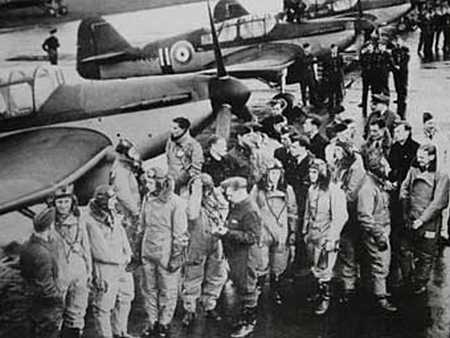
I queried the fact that Tom was going straight on to Twin-Engines, with no formal Basic Training. Apparently, his ‘A’ Licence & handful of Single-Engine hrs obviated the necessity of going through the EFTS (Elementary Flying Training School) Route. How refreshing, I thought, being given Credit for this Former Flying Experience. When I started my RAF Flying Training in 1959, with a similar background to what Tom had, my Piston Provost Instructor told me: ‘You can forget all that, Russell!’ He was an A2 Qualified Flight Instructor, no less! Maybe they cut Corners in Wartime?
Tom can vividly remember his time here: ‘We lost quite a lot of People because I think they weren’t really geared up & People were not having enough Basic Training 1st & taking off at Night, with hardly any Lights: there was John Summers Ironworks at one end of this Grass Aerodrome & it’s just full of RAF Graves.
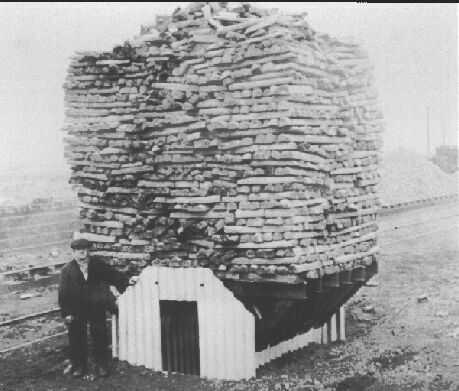
In 1898 the Firm of John Summers became a Private Limited Co and in 1908, on completion of New Offices, which are in Sealand, the HQ was transferred to Deeside. By 1909 the Company was the largest Manufacturer of Galvanised Steel in the Country & probably the largest Manufacturer of Steel Nail Strips & Sheets.
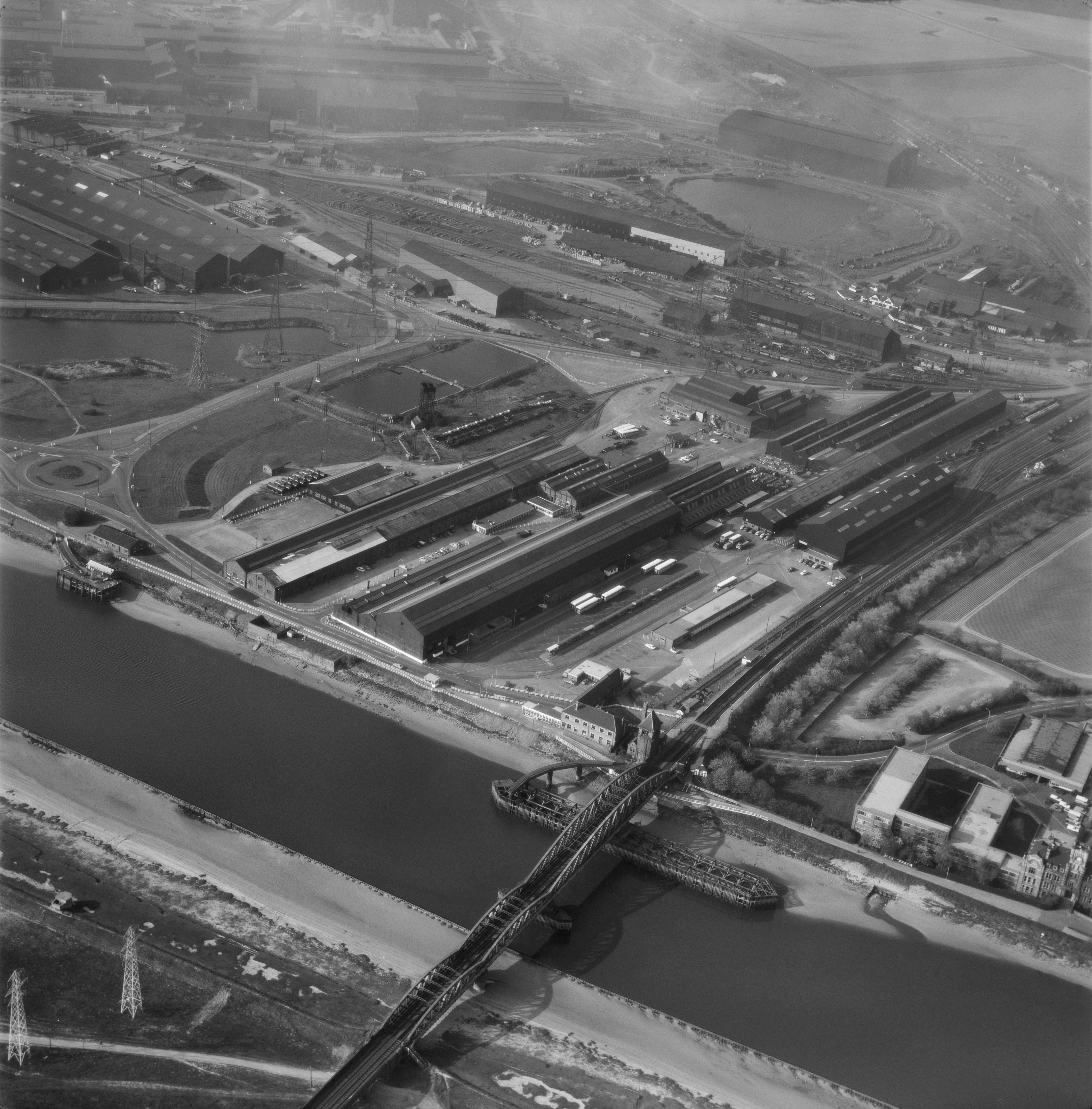
Recovery began in 1937 when a continuous Hot & Cold Strip Mill was installed following negotiations with the Mesta Machine Co of Pittsburgh, USA. The Site of this Strip Mill covered 27-acres & was raised 17-ft above the existing Land in order to provide a suitable Foundation. This required the Pumping of 750,000-Tons of Sand from the Estuary. Throughout the War, the Works ran at Full Capacity. One of the Hawarden Bridge Works most famous Products were made in this period. It was a curved, Corrugated Steel Sheet known as the Anderson Air Raid Shelter, which saved many lives during the Blitz. 50,000 were produced every week, but a shortage of Zinc, used to Galvanise the sheets, meant that the Morrison Shelters, Designed for Indoor use, superseded the Anderson Shelters.
The Weather was diabolical. The 1st Winter of the War, there was thick, actually deep Snow. I’ve had a number of experiences of Fog & I remember Taking off from Sealand, in an Airspeed Oxford, – Solo & Banking to the left, looking around & the Fog coming down the Dee Estuary was beginning to Roll right over the Aerodrome. I couldn’t have got round & down in time. So I went up to Speke, near Liverpool – no distance away – & Landed there.’
[My cousin’s Blenheim, V6240, was Built there]
But this was as nothing compared with a Practice Forced-landing in the middle of Winter. I am a firm believer in Guardian Angels. Some people may use the term Lady Luck.
Listening to Tom’s Memories, I believe we had something wonderful in common – a 1st-Class Guardian Angel, with an impeccable grasp of Aviation matters. Mine came to my Rescue on several occasions. Tom’s had to work even harder – this was Wartime, after all! Before relating the incident, I have to address the concept of practice Forced-Landings in a twin-Engined Aeroplane. How many of you Pilots out there has ever tried this? I certainly have not! With an Engine failure on a Twin, you just Flew Asymmetrically, relied on your good Engine & Landed at the nearest suitable Airfield. But not if the Single-Engine performance of your Twin was negative – i.e. your Live Engine did not have enough power to keep you Level, Let alone Climb. This was the case with the Avro Anson & probably so with the Airspeed Oxford. In marked contrast, the English Electric Canberra had what was termed a good Single-Engine Performance.
Tom recalls the Weather conditions on this particular day: ‘It was in the middle of the 1st Winter of the War & it was diabolically Cold, but we had suddenly a bright Sunny day. There was Snow everywhere & it was Freezing very Hard.’ In his enthusiasm to complete the Day’s Task, Tom ignored what would come in his Take Off – Vital Actions – Harness Tight & Locked. On Strapping-in, or trying to, Tom discovered that the little Triangle securing his Sutton Harness was Missing!

He threw his Straps off & Taxied out. Luckily for him, an Eagle-eyed Chief Flying Iinstructor (probably using Binoculars in the Watch Tower) saw Tom’s Loose Straps & rushed out in his Car to confront him. ‘That’s against the Rules‘, he told Tom. ‘You can’t go off without your Straps on.‘ This kind Gentleman went off, returned with a Sutton Triangle & made Tom Strap-in properly. Tom continues:-
‘Well, I took off & the form was to go & find a quiet place – look around to see that there was nobody else – Throttle back & go down & make a pretended Forced-Landing on a Field, the size of which didn’t really matter. I then gently open up & go away again – & do this a few times, until you’d got the approach & Forced-landing right, without, of course, Touching Down. I did this around a place called Beeston Castle, near Tarporley – that’s in Cheshire – & I made an approach & came down to 200-ft. All the Fields there were very small, with lots of Trees around them & little Woods & Copses. When I Opened up – no Engines!‘
I asked Tom if he thought that this was due to Carburettor Icing.
He replied; ‘Yes! It would have been Carburettor Icing & so, there was nothing that I could do about it! You know, I tried what I could do, but I’d only got 2-ft, & I was heading towards a pocket handkerchief-sized Field, with a Wood at one end & odd Trees around & I just couldn’t get any response from the Engines at all! So I thought, right! There was nowhere else I could go to except down into this too-small Field. I was concerned not only about the Wood at the other end, but also about getting over some Trees at the beginning. I remember clearly seeing a Hare get up & Belt across this Field in front of me. I thought, you lucky little Bugger – you’ll be Alive long after me! Then there was a “Bang” & I hit a Tree with my Port Wing, which cut the Wing off just Outside the Engine, and Slewed me round, so that I ran into the Wood ahead of me, between a lot of big Trees – Sideways – with the Starboard Wing going in 1st. Another Tree cuts the Nose-off & the Tree behind me cut the Fuselage-off, leaving the Tail & Turret up in the Tree. I finally came to rest, with the 2–Engines buried in the Ground. I’d been pulled out of the well of my Seat, by the Sutton Harness – which Held! Otherwise, I’d have been Pulped right through the Instrument Panel! I pulled the little Triangle out – that the CFI had made me put in – and just stood upon the Ground, in what seemed to be a great Cloud of Smoke, but it was all Snow & Frost off those Trees!’ I asked Tom if he emerged from this spectacular Crash unscathed. ‘Yes’, he replied. I wasn’t marked! I pulled a Fly-button off, I think!’ He remained eternally grateful to that Eagle-eyed Chief Flying Instructor, who made sure his Harness was Tight & Locked before Take-off!
The last part of the Course was less stressful: ‘Anyway’, Tom recalls, ‘I went through this Course, and we finally got to a Stage where we did Cross-Countries, up to little places like Wem near RAF Shawbury, nr Shrewsbury & then Market Drayton near RAF Ternhill, Shropshire.’
In 20th May 1940, Sergeant Tom G ‘Jeff’ Jefferson reported to No.14 OTU, RAF Cottesmore in Rutland aged 26-yrs to Fly Hampden Bombers
